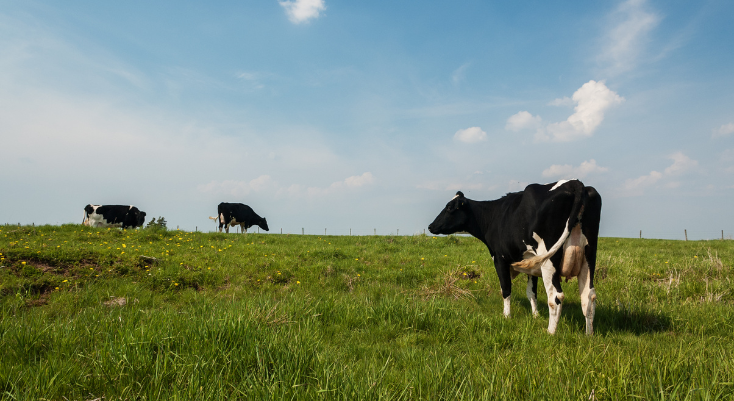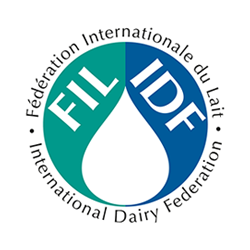The United Nations COP 27 on Climate, which will take place this November in Egypt, will be an opportunity to discuss agriculture and food systems and how dairy climate actions can be part of the solution. The global dairy sector is fully committed to reducing its impact on GHG emissions, water and land use and at the same time optimising the positive contribution to soil and ecosystem services. This commitment is expressed in the Dairy Declaration of Rotterdam, signed in 2016 between the IDF and the FAO. COP 27 constitutes an unparalleled opportunity to communicate the many efforts that the dairy sector is already engaged in to mitigate environmental impact and enhance Climate Action.
IDF is developing important guidance to help the dairy sector to measure and reduce its carbon footprint. In this article, we are going to highlight some of the work currently being done within IDF.
For 5 years in a row, IDF has published the IDF Dairy Sustainability Outlook, whose main purpose is to provide insight into ongoing projects within the dairy sector and new research on the sustainable development for the dairy sector with ongoing projects and up-to-date research.
The IDF Dairy Sustainability Outlook 5, which was released last July, inspires new initiatives across all continents. In this regard, we have launched a new section of our corporate website where all the initiatives included in the past editions of the IDF DSO are showcased, addressing its direct, positive impact on specific UN SDGs. A Climate Action special edition will also be published in October.
The Pathways to Dairy Net-Zero initiative was launched on September 22, 2021. Over 100 leading organisations, and 11 of the 20 largest dairy companies already support the initiative, including IDF. The initiative has been described as a “vibrant, growing movement, the first of its kind in the world”. Pathways to Dairy Net Zero will be the highlight of the side event that IDF, GDP and Uruguay will be organising to convey the ongoing efforts that the global dairy sector is already putting into practice all around the world to foster climate action.
A new edition of the IDF bulletin dedicated to a new update of the IDF global Carbon Footprint standard for the dairy sector was recently published and it’s already available on IDF corporate website (www.fil-idf.org). The new methodology was presented at a special session during the IDF World Dairy Summit 2022 in Delhi, India. The purpose of this bulletin is to share the revised IDF Carbon Footprint methodology to create an LCA Global Standard that can assist the dairy industry in its efforts to reduce GHG emissions across all its value chains.
Accordingly, this IDF global Carbon Footprint standard for the dairy industry is an extremely important document for the sector to understand the sources and profile of greenhouse gas emissions across the dairy regions of the world and to implement targeted actions to mitigate these as the sector progresses on its journey towards net zero. The revised methodology has been developed by IDF to be used by the dairy cattle farming and dairy manufacturing sectors as well as by anyone else committed to assessing the Carbon Footprint of their production systems and products by using an LCA approach. The revision was carried out by the IDF LCA Action Team, integrated by 50 experts from 17 countries, who reviewed the latest science and best practices.
The update contains changes in some key areas supported by robust scientific evidence to ensure the highest degree of consistency and to allow comparability with the previous version and subsequent revisions. This guideline is fundamental in supporting the dairy sector in quantifying both its impacts and progress, and importantly aligning language around GHG emissions to enable the sharing of mitigation learnings and opportunities with sector peers.
IDF also released a bulletin on C-Sequ LCA guidelines for calculating carbon sequestration in cattle production systems. This guideline provides the cattle sector with an appropriate science-based approach to quantifying the sequestration as part of the GHG footprint calculation. The new methodology is the result of four years of collaborative work by dairy and beef sector organisations. The purpose of the project was to develop a method that, through quantification, supports and encourages farmers in implementing practices that promote carbon sequestration and thereby mitigate climate change.













